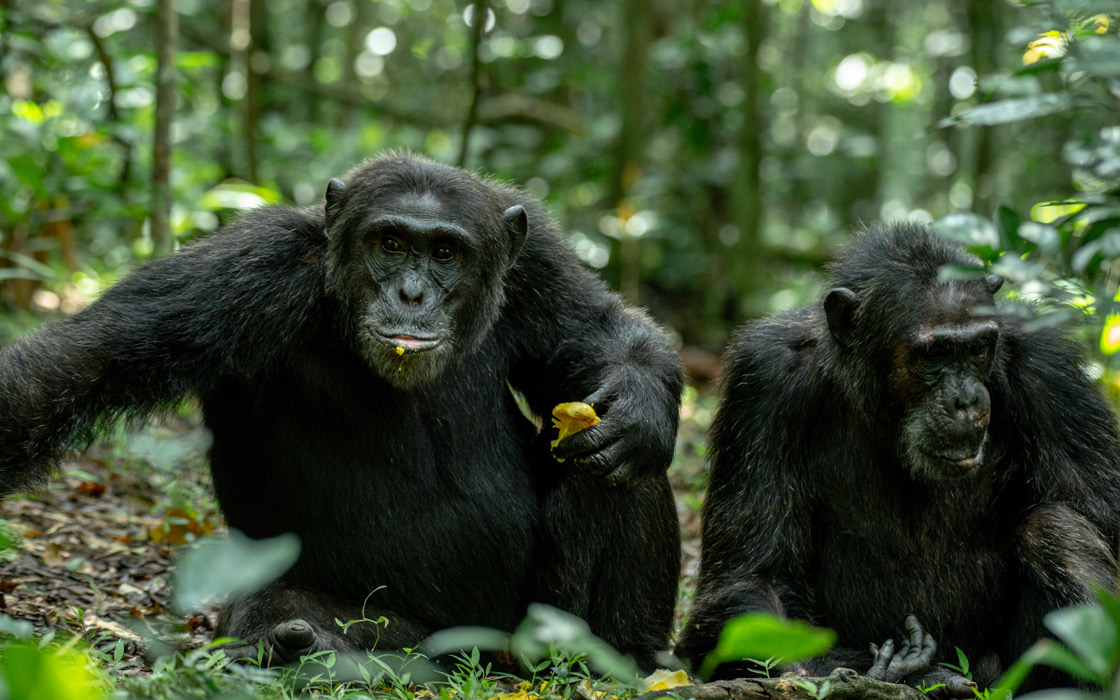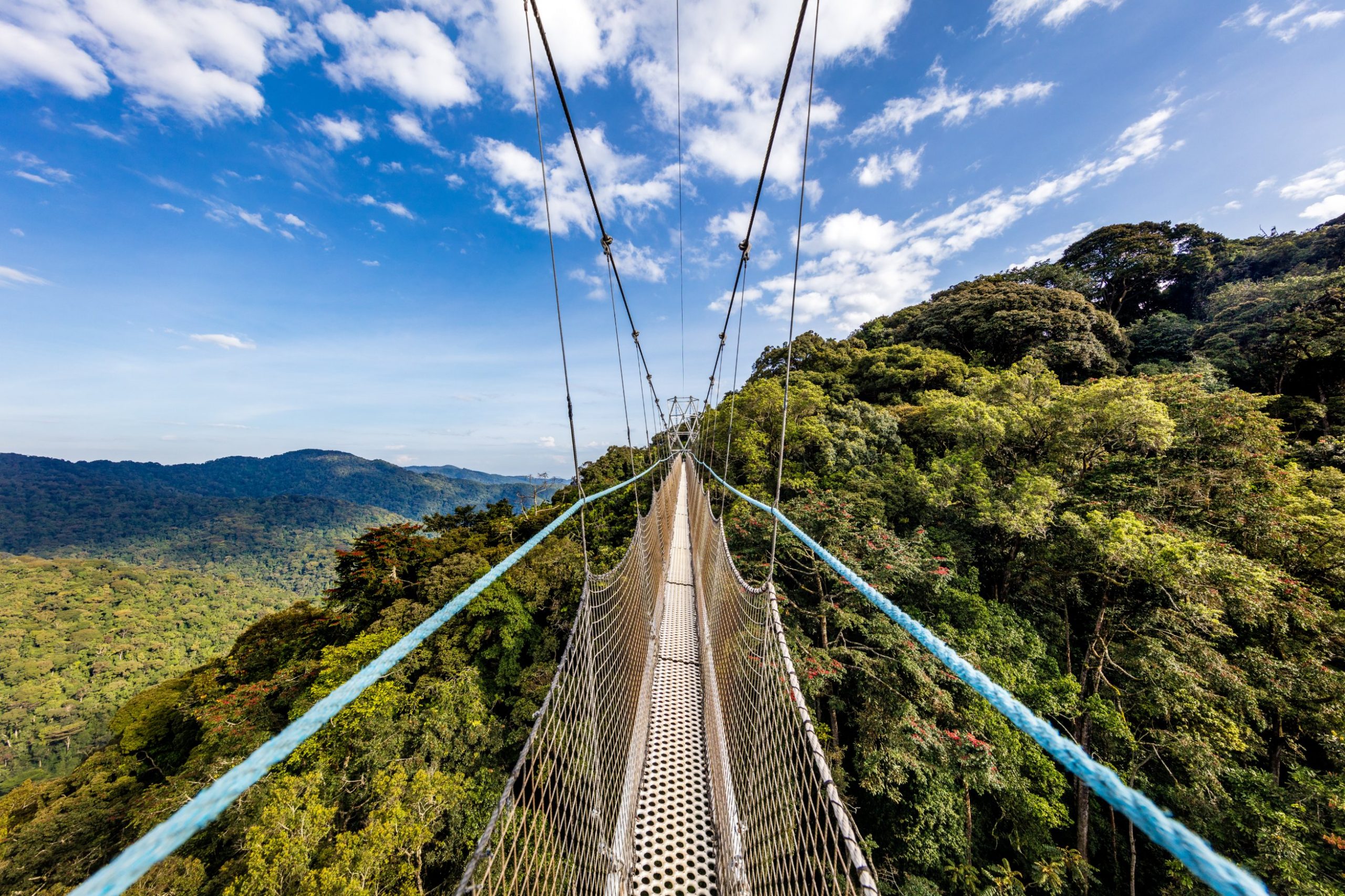
Kibale National Park lies in the west of Uganda. It engulfs one of the oldest, moist, intact, and evergreen forests on the continent with various primates living within. Kibale National Park contains a diverse array of landscapes that make it even more beautiful. The forest contains the only remaining expanses of the montane and lowland forests.
Certainly, Kibale National Park sustains the last significant expanse of the pre-montane forest. Kibale National Park is a celebrated ecotourism site in the region and an important safari destination. It is popular for its large population of chimpanzees and twelve other primate species. Above all, there’s a lot to observe when in the national park.
A brief history of Kibale Forest National Park.
Firstly, the park was established as a forest reserve in 1932 to protect the large forest in the area and the attractive wildlife within. The colonial British government managed it as a logged forest reserve. Kibale National Park forms a forest that continues up to Queen Elizabeth National Park. It is at the point of adjoining these two parks that nature forms an attractive wildlife corridor.
Subsequently, in 1993, the forest reserve was upgraded to national park status by the Ugandan government. This came with an increase in the protection of the forest and the wildlife within. The move also helped improve the country’s ability to tap into international tourism opportunities.
Location and accessibility of Kibale National Park.
Kibale National Park spans an area of approximately 776 square kilometers in the western part of Uganda in the Bundibugyo district. The park is about 348 kilometers to the west of Kampala and about 26 kilometers to the Southeast of Fort Portal, the nearest town. The park lies along the Kampala-Mubende-Fort Portal road.
Uniqueness and major attractions of Kibale National Park.
Kibale National Park is so much different as compared to other conservation areas in Uganda. The park spans attractive towering tropical rainforests. This contains attractive tree species and ferns that further add to its extraordinary beauty. The most common tree species in the park include; the lovoa swynnertonni, cordia milleni, and shrubs. The vegetation also includes the broad-leaf grasses.
Kibale National Park is a renowned concentration of primates. It harbors about 13 known primates for instance chimpanzees, lhoests, red-tailed monkeys, pottos, blue monkeys, and black and white colobus monkeys. These are both nocturnal and diurnal primates. In addition to the primates, the Bigodi wetlands in the park are a known concentration of beautiful bird species.
Activities carried out in Kibale National Park.
Chimpanzee trekking and habituation. Firstly, chimpanzee trekking is one of the exciting activities travelers to the park engage in. This activity allows the travelers to meet the fully habituated chimpanzees. These are free of human presence in their habitat. Travelers spend a maximum of an hour with the chimpanzees.
Secondly, the chimpanzee habituation activity gives the traveler more time with the chimpanzees. Travelers spend a maximum of 4 hours with the chimpanzees, observing their fascinating behaviors. Guests are accompanied by researchers, guides, and rangers. These share information about the primates and their adaptability to the forest.
Bird watching. Travelers are guided through the forest in search of the East African endemic bird species. Visitors get the opportunity to view birds such as shoebills, Abyssinian ground hornbills, black bee eaters, songbirds, great blue turacos, and piapias. They are usually seen in the tree canopies and the wetlands looking for what to snack on.
Nature walks. Nature walks in Kibale are done under the company of ranger guides. These help the guests to marvel at the astonishing beauty of the park. The atmosphere in the forests and the sounds of the animals and birds allow the traveler to relax and reflect on the natural wonders.
Crater lakes tour. Kibale National Park has numerous crater lakes within it. The most outstanding of them are the two Ndali and Kasenda craters. These showcase the beauty of water bodies above the highlands. They are good for photography and sightseeing. The travelers indulge in these activities while exploring the lakes. The sights of the crater lakes make visits to the park even more rewarding.
Cultural tours. Travelers to the park also indulge in sensational interactions with the locals. Travelers get immersed in the beauty of the cultures and traditions of the African societies. Visitors enjoy the dances, way of dressing, and the day-to-day activities of the locals. Guests visit the Bakonjo, Batoro, and the Banyaruguru homesteads neighboring the park.
When to visit Kibale National Park.
The dry seasons are the best times to visit Kibale. During this time, the park receives low levels of rainfall. Therefore, the travelers have the opportunity to explore all corners of the park with no interruptions.
It is easier to make way through the diverse terrain of the park since the grounds are steady unlike in the rainy seasons when they are slippery. The dry seasons occur in the times of June to September and the short December to February window.



